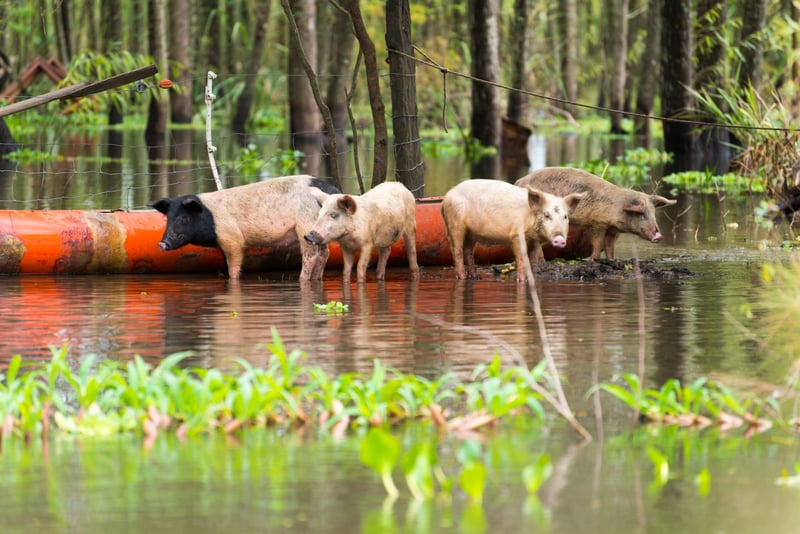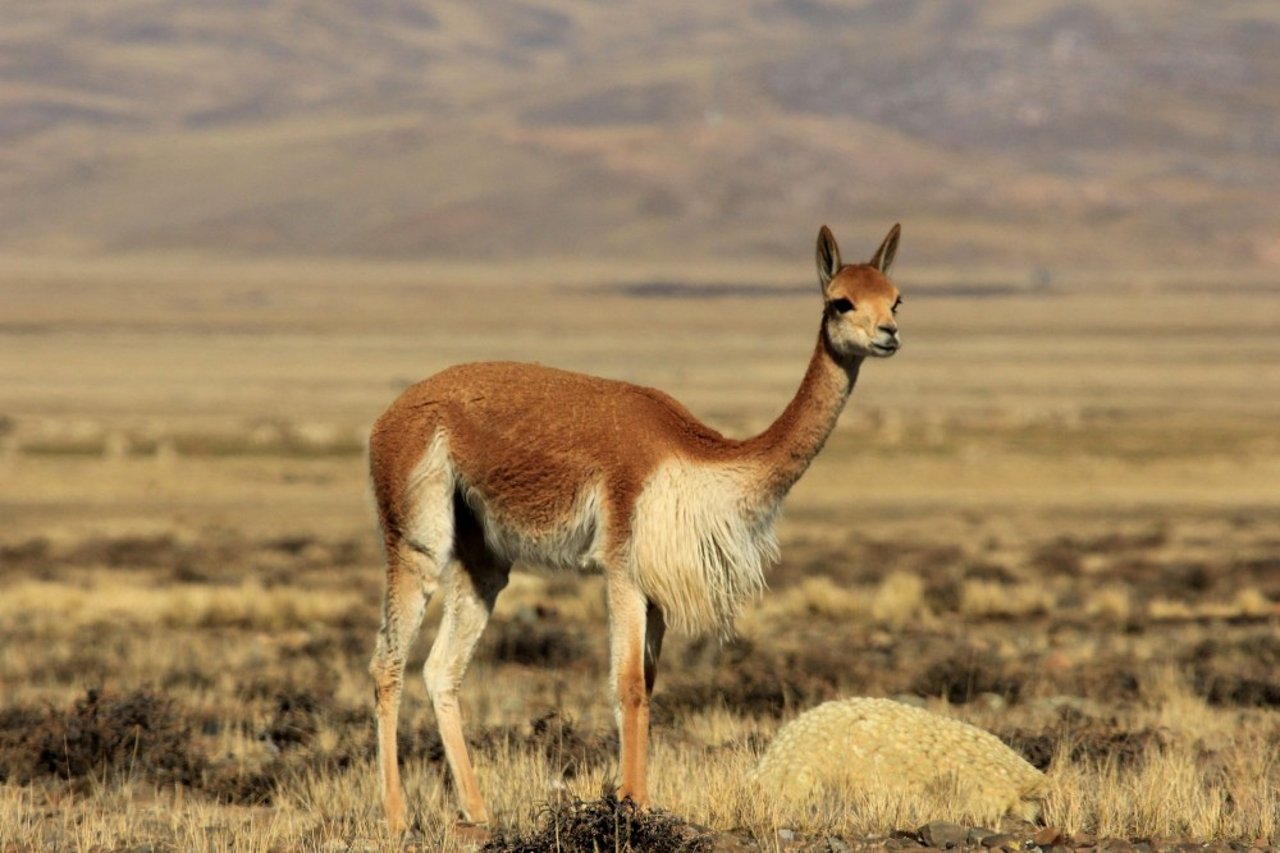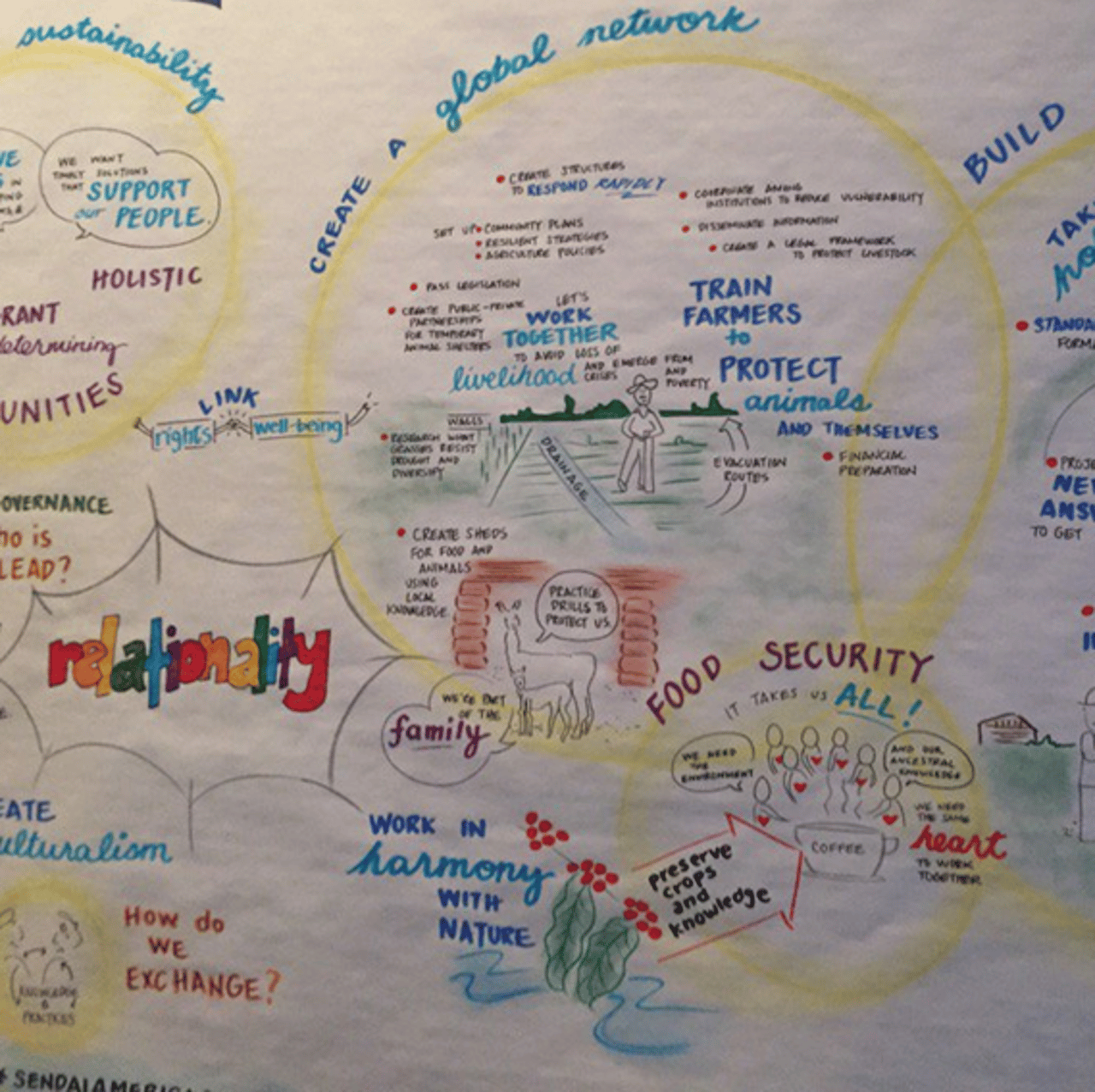
Regional Action Plan for disaster risk reduction will include a commitment to protect communities and livelihoods
News
Animals play a vital role in protecting livelihoods and building a community’s resilience however they are rarely considered in disaster risk reduction measures, but with your support we are working to change that
More than 1,000 delegates from 50 countries came together at the Fifth Regional Platform for Disaster Risk Reduction in the Americas to agree on a Regional Action Plan for reducing the loss of lives and livelihoods in disasters.
We presented our position that a holistic approach to disaster risk reduction includes protecting animals and we are delighted that the Regional Action Plan and draft Ministerial Declaration both include a commitment to protect communities and livelihoods. Because animals play such a vital role in communities and for people’s livelihoods, we expect this commitment will highlight the importance of animal protection in disaster risk reduction.
When a disaster strikes, animals need a safe place to go where their immediate needs can be met. We aim to make sure that when governments create their disaster preparedness and response plan, animals will be part of that plan.
Pictured: vicuna (or vicugna), a wild camelid used for its wool, grazing in Bolivia's Andean region
Healthy animals protect livelihoods and build resilience
Our long experience in the field of disaster management has shown us that helping animals means helping people and the integration of animals into emergency planning is fundamental in achieving social, economic and environmentally sustainable outcomes.
Over one billion of the world’s poorest people rely heavily on animals for their livelihood, which means their ability to resist and recover from disasters is closely interlinked with animal wellbeing. For these vulnerable communities, an integrated disaster response and recovery plan that addresses the needs of both people and animals is necessary to protect livelihoods and build resilience.
“Animals play a key role in people’s lives, they provide emotional and financial support, and are an essential component of food security for millions of families around the world” said Eugenia Morales, our risk reduction manager.
“The Sendai Framework recognized the importance of protecting animals as an essential asset and we are encouraging countries in the region to include them when developing disaster risk reduction plans and strategies. Protecting animals improves resilience to climate change in the most vulnerable communities.”
View our case studies and briefings on animal protection and disaster risk reduction
Animal protection message repeated throughout the Platform
We presented the case for animal protection at a side event alongside CARE Canada with representatives from the Governments of Honduras and Mexico, and facilitated by the Canadian Council for International Cooperation (CCIC).
The Civil Society Declaration included our addition on the importance of protecting livelihoods and smallholder farmers who are disproportionately at risk and this was included in the summary of the Platform.
The importance of including animals in disaster plans was raised at an International Federation of Red Cross workshop and mentioned repeatedly in the closing plenary on the last day.
Looking ahead
Continuing with this momentum, we will be attending the Global Platform for Disaster Risk Reduction in May where the Regional Action Plan will support the implementation of the Sendai Framework for Disaster Risk Reduction (2015-2030).
Eugenia Morales continued: “We will continue to enable governments, international organizations and communities to encourage others to replicate solutions through sharing case studies of where we’ve achieved successes to date.”
The animal protection message was included in the pictorial representations of the conversations that took place at the Platform
“Animals play a key role in people’s lives, they provide emotional and financial support, and are an essential component of food security for millions of families around the world said Eugenia Morales, our risk reduction manager.

